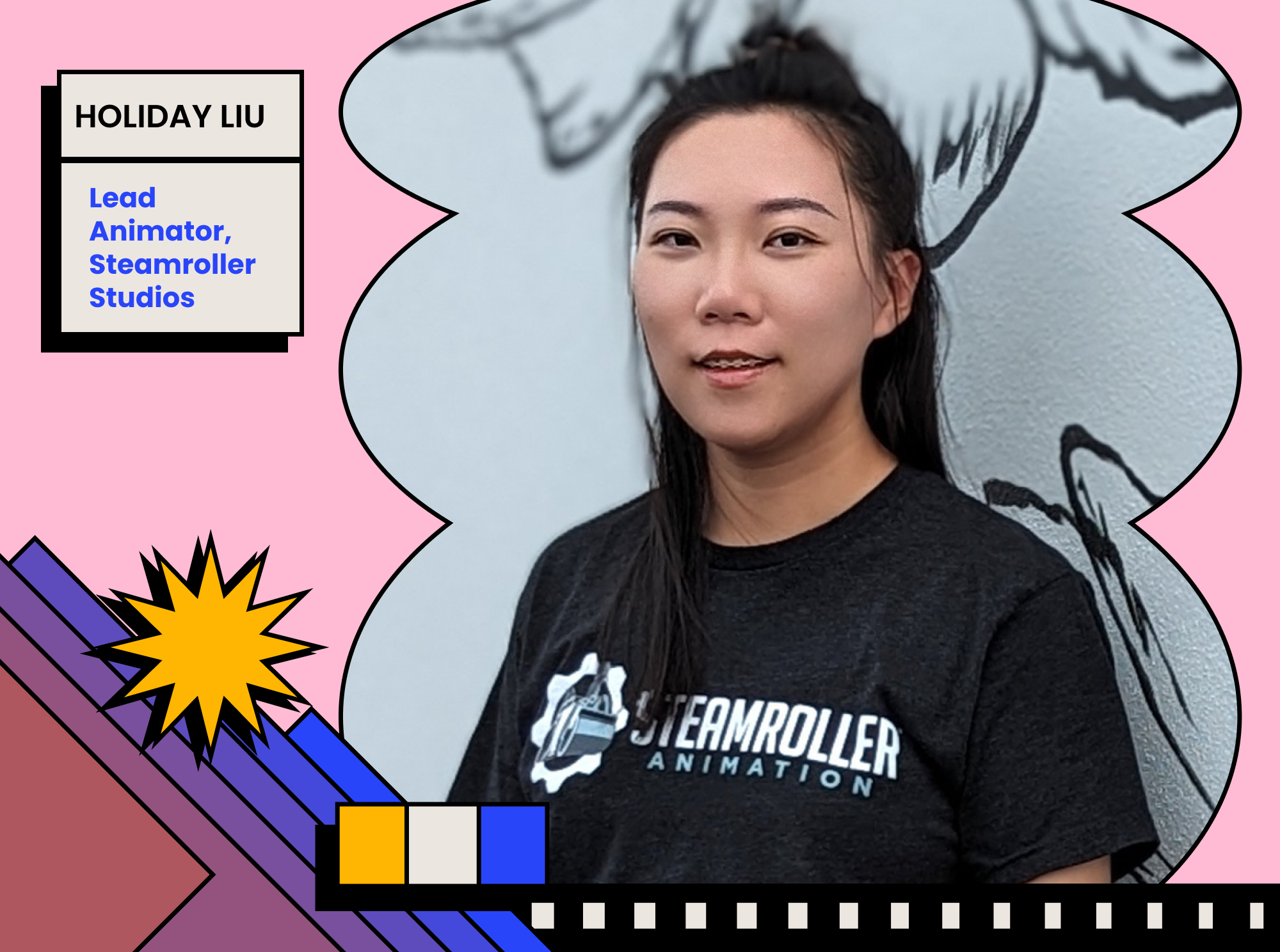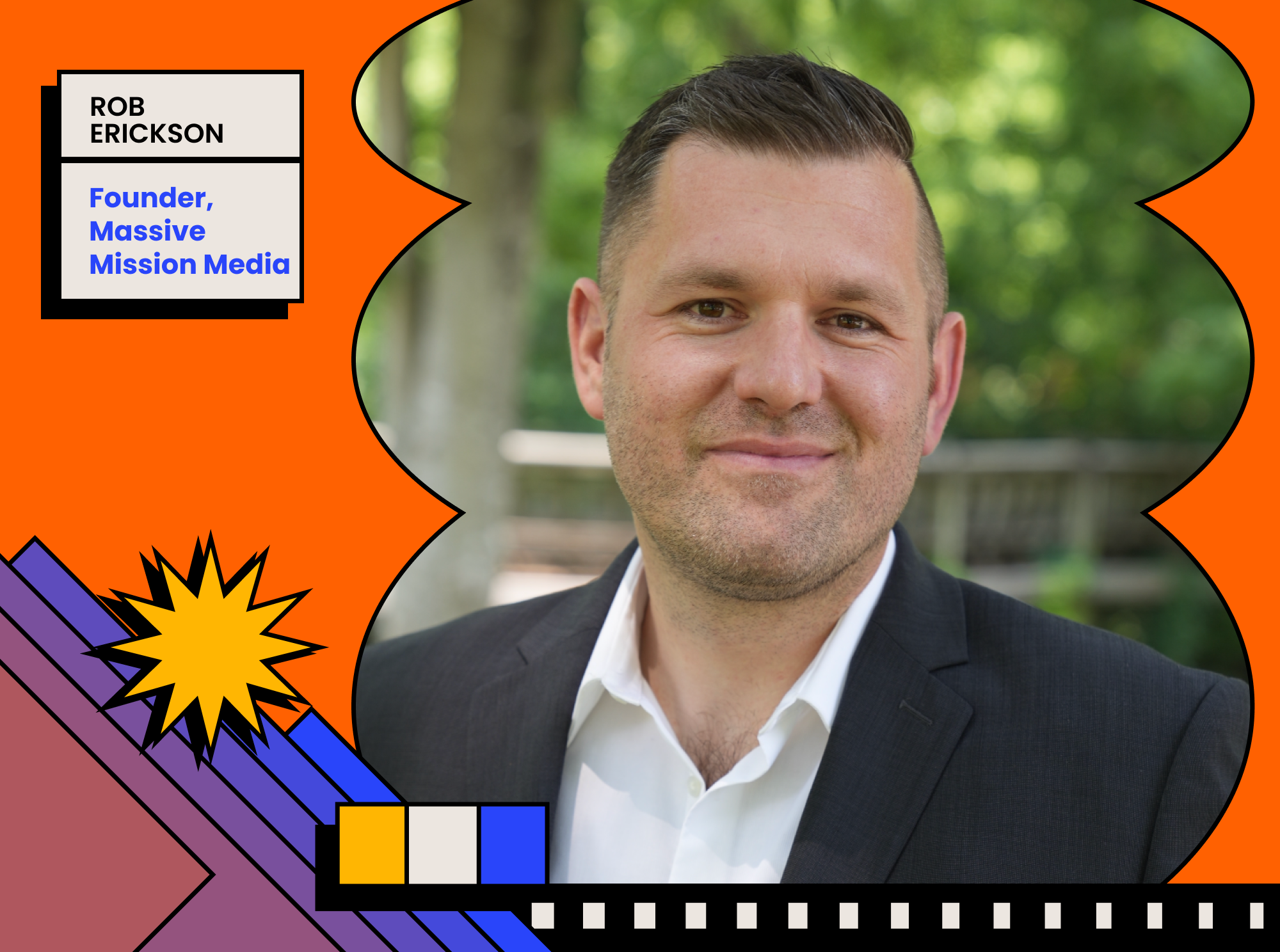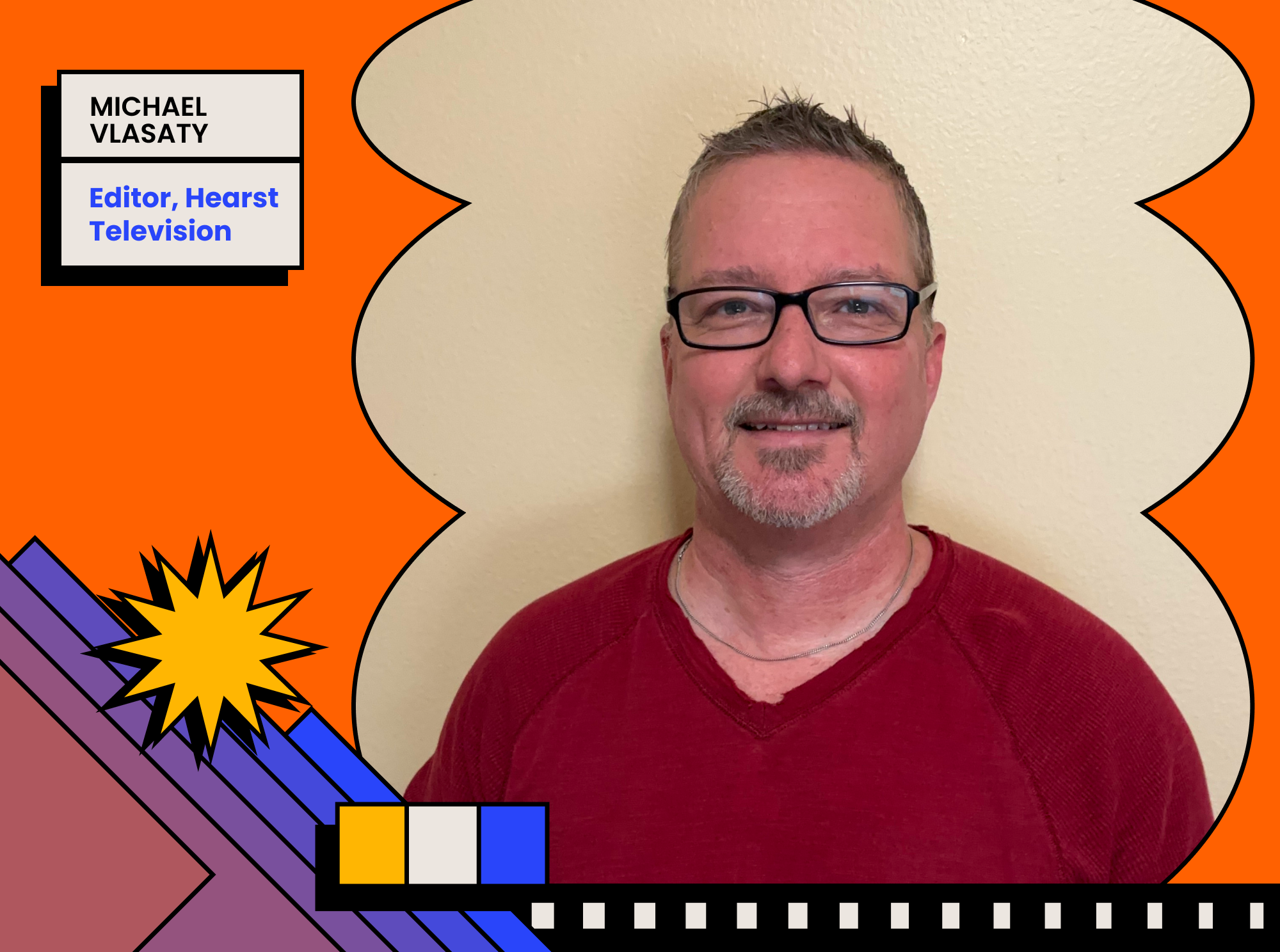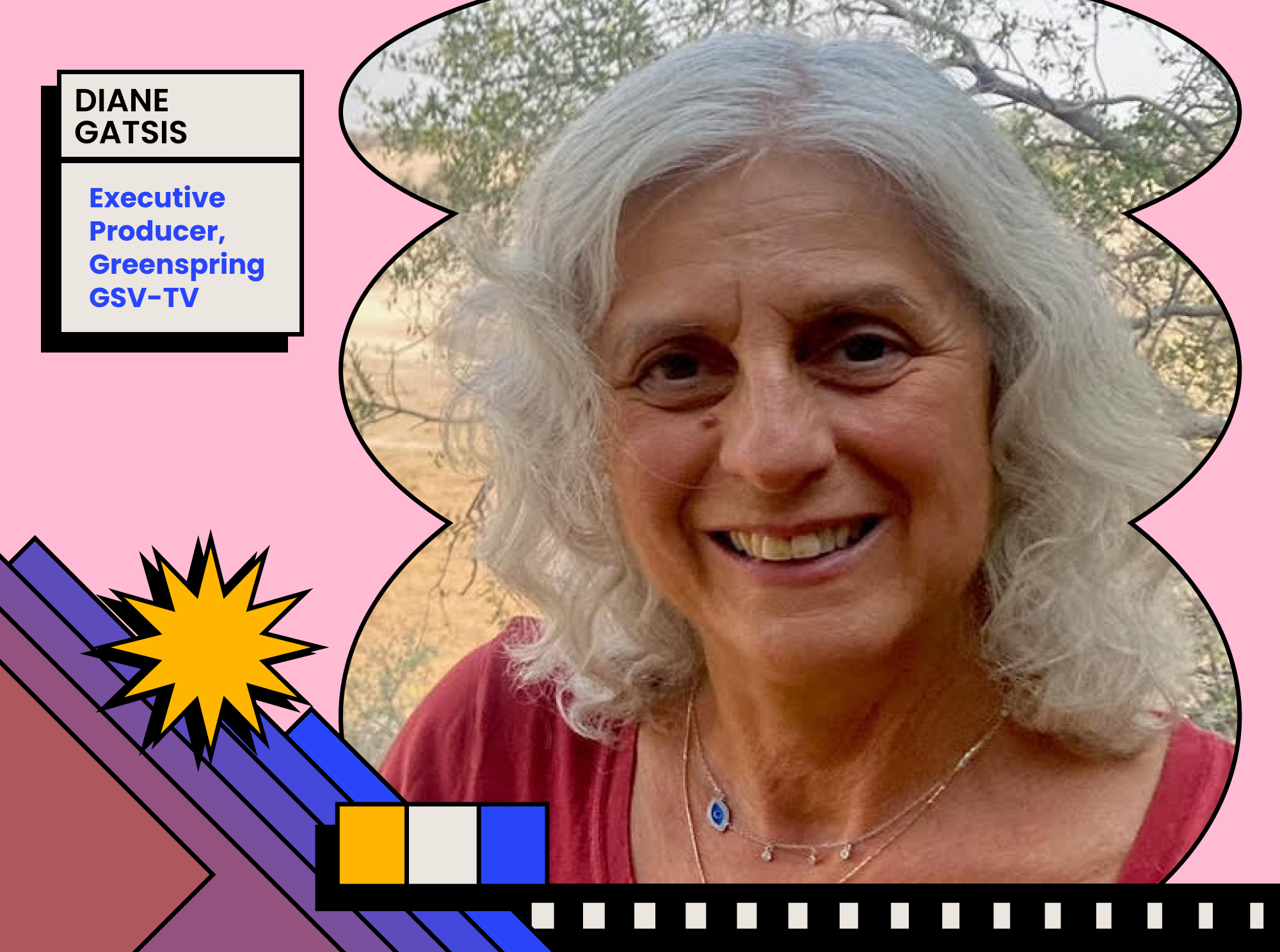What was your first job in the industry? What did it teach you?
My first job in the industry was at PSYOP, where I worked as an animator for a Cricket Wireless TV commercial. I vividly remember how I landed this job—it was a sudden opportunity that arose when another animator couldn’t fulfill their role, and I was called in at the last minute. I received an email on Friday, and I started working by Monday. However, my time at PSYOP taught me a lot of valuable lessons. It honed my ability to work efficiently within tight deadlines, and it was my first exposure to a professional industry pipeline. I learned how to collaborate with other departments and effectively communicate with the production team. It wasn’t just about immersing myself in animation; it was also about understanding the broader aspects of the industry.
What’s a creative risk you took recently? How did it turn out?
A recent creative risk I took was participating on a project that combines 2D and 3D animation, a very unique style I hadn’t worked on before. Fortunately, the animation looks stunning so far, and I hope everything will continue to go well.
What project are you most proud to have worked on?
The project I’m most proud to have worked on is definitely “Avatar: The Way of Water.” It was an incredible experience to animate realistic-style creatures that don’t exist in the real world. I also learned many new techniques during my time on this project, such as facial solving and layer stack animation. Additionally, I had the pleasure of working with Weta Digital, where the people were very considerate and always willing to help. The supervisors were open to listening to each animator’s ideas and challenges, creating a healthy and enjoyable working environment.
What’s the best part of your job? What’s the most challenging?
The best part of my job, aside from enjoying animation itself, is the satisfaction of being a lead. I find immense joy in supporting my team and helping them enhance the quality of their work. Whenever I see their work improve, it brings me great happiness and a sense of accomplishment.
On the flip side, the most challenging aspect of my job is communication. Effective communication requires emotional intelligence, understanding where your team is at, and being able to articulate the vision to get everyone on board. I view it as an ongoing learning journey with room for improvement.
What do you look forward to most as a new Judging Council member?
As a fresh member of the Judging Council, what excites me the most is the chance to give back to the community that played a vital role in my own growth within this industry. I still remember those days, many years ago, when I was a student nervously presenting my work to the judges. The feedback I received back then was truly invaluable. Now, I eagerly look forward to being the one who can provide constructive feedback and support to others in the same way.
How do you unwind from work mode?
To wind down from work, I find that getting some physical activity, like going for a run, really helps me relieve stress. Plus, I enjoy playing Sudoku. It’s not too intense, and it gives me a little sense of accomplishment and satisfaction, which can be a great mood booster.
How do you stay up-to-date in your industry?
I stay in the loop in my industry by mixing things up a bit. I attend industry meetings, hop on board with professional associations, and connect with fellow pros on LinkedIn. Plus, I keep myself updated by being a Telly Awards Judge.
But here’s the fun part: I deliberately jump between different types of projects. If I’ve been in the world of VFX films for a while, I’ll switch gears and dive into TV shows or gaming. I love the variety and the chance to collaborate with different crews. It really helps me broaden my skills and expand my network.
What inspired you to join the field and create the kind of work you do?
During my college years, there was a moment that truly inspired my journey into this field. It happened at a huge lecture hosted by the animation department, where they brought in Pixar animators to talk to us students.
The lecture itself was nothing short of amazing. The Pixar animators shared fascinating insights and gave us a glimpse into their captivating workflows. But there was one particular moment that stuck with me – a shot from “The Incredibles.” It showed a soldier comically falling from a tower after being hit by a rock. What blew me away was how the animator had created multiple versions of the fall animation, each brimming with creativity and enjoyment.
That precise moment was like a light bulb going off in my head. It solidified my decision to dive headfirst into the world of CG animation.
When did you realize your worth?
I realized my worth when I saw the movies I had worked on appearing on the big screen. Witnessing the incredible final product and seeing audiences enjoy the movie made me feel that all the hard work and overtime had been worthwhile. Additionally, the moment of pride was when our “Avatar: The Way of Water” VFX team won that Oscar! It was like the icing on the cake, and it made all those hard works totally worth it.
What’s a work tool you use every day and what’s one that is obsolete that you wish still existed?
The tool I use every day is Zoom. Since the pandemic shifted us to remote work, it has become an essential tool for communicating and collaborating with talent from all over the world.
As for an obsolete tool I wish still existed, many animators and artists miss the traditional animation desk, often referred to as a “light table.” It was commonly used in hand-drawn animation to trace and composite drawings. While digital animation has taken over, there’s something special about the tactile nature of traditional methods that some of us miss.





